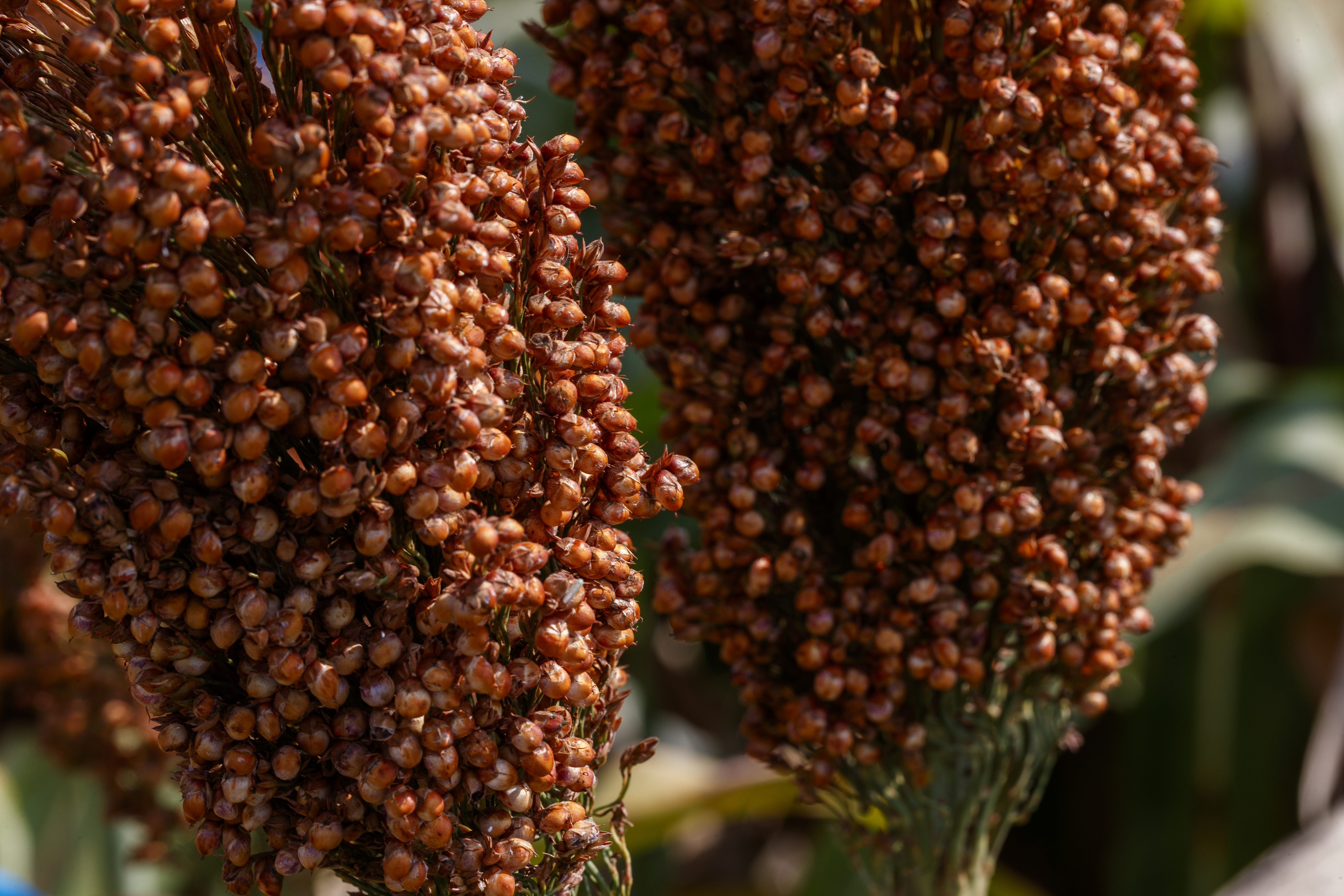Pathogen
Claviceps africana () G. W. Wils. Fungal structures: sphacelia, macroconidia (produced within honeydew), secondary conidia (produced from macroconidia), and sclerotia. Occurs regularly (e.g., Texas) to infrequently (e.g. Nebraska) throughout the sorghum producing region of the USA. The pathogen survives in dried honeydew on the soilsurface, on plant residue, and as sphacelia and sclerotia in seed lots. This pathogen also infects Johnson grass and shattercane (uncultivated Sorghum bicolor). The most important source of primary inoculum for disease development in the Northern Great Plains is unknown, but presumed to be wind-borne (and possibly insect-borne) secondary conidia from southern states (e.g., Texas and Kansas). Although the pathogen may be disseminated on honeydew-coated seed and secondary conidia produced on the surface of coated seed, this is not likely to contribute to an epidemic since all seed is treated with fungicides shown to prevent germination of the conidia.
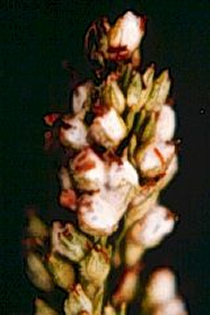
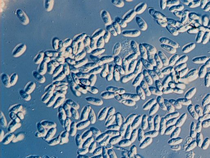
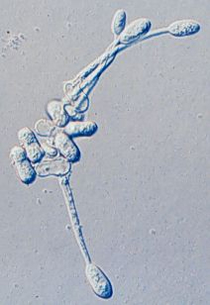
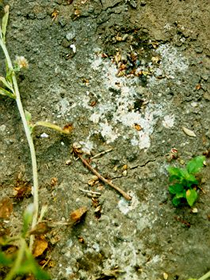


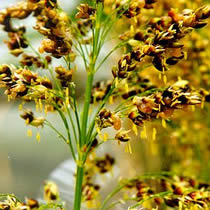
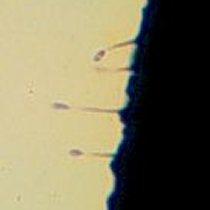
Disease Symptoms
All sorghum is susceptible to ergot. The first visible symptoms are the appearance of white fungal bodies called sphaecelia extending from the glume where seed would normally develop. From these sphaecelia, a sugar-rich exudate known as honeydew flows. The honeydew flows down the panicle and drips onto leaves and the soil. The honeydew contains high populations of macrospores that can infect unfertilized florets or germinate to produce secondary conidia capable of long distance dispersal by wind. Secondary conidia are capable of several cycles of iterative germination maximizing the chance for contact with an unfertilized sorghum floret. Under some environmental conditions, sclerotia are produced within the sphaecelia. In the United States, sclerotia have only been observed naturally in Texas. Sclerotia were not observed in Nebraska in 1997; the only year sorghum ergot was detected in Nebraska. Depending upon humidity, the honeydew may become colonized by other fungi resulting in mold-covered panicles. Cerebella and Alternaria commonly colonize ergot honeydew on sorghum panicles.

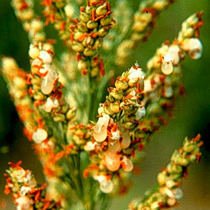
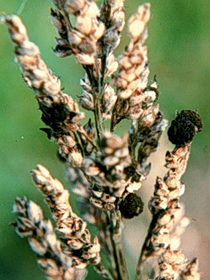
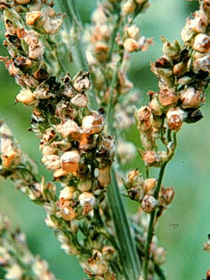
Favorable Weather Conditions
Low night temperatures (50°-55° F) during pollen formation (2-3 weeks prior to flowering) and at the time of flowering can increase susceptibility to ergot. Rain can increase ergot incidence within a field and winds can disperse the pathogen to other fields. Moderate temperatures and high relative humidity favor disease development.
Management
Seed Production
In seed production fields where male sterile inbreds may be grown extensively and the value of the crop is high, fungicide applications at and during flowering may be necessary to prevent an epidemic from developing. Planting fungicide treated seed to prevent introducing the pathogen with the seed is mandatory.
Grain Production
Ergot resistant hybrids are not yet commercially available. However, hybrids with low sensitivity to low temperature affects on pollen formation or viability experience less ergot than sensitive hybrids. Planting fungicide treated seed to prevent introducing the pathogen with the seed is mandatory.
Forage Sorghum
Forage sorghum can be very susceptible to ergot due to asynchronous flowering and fertilization as well as the high prevalence of male sterility. Harvesting prior to full flowering can minimize ergot development and harvest complications that can result from the production of honeydew.
Updated from a previous article by Jim Stack, former Nebraska Extension plant pathologist
